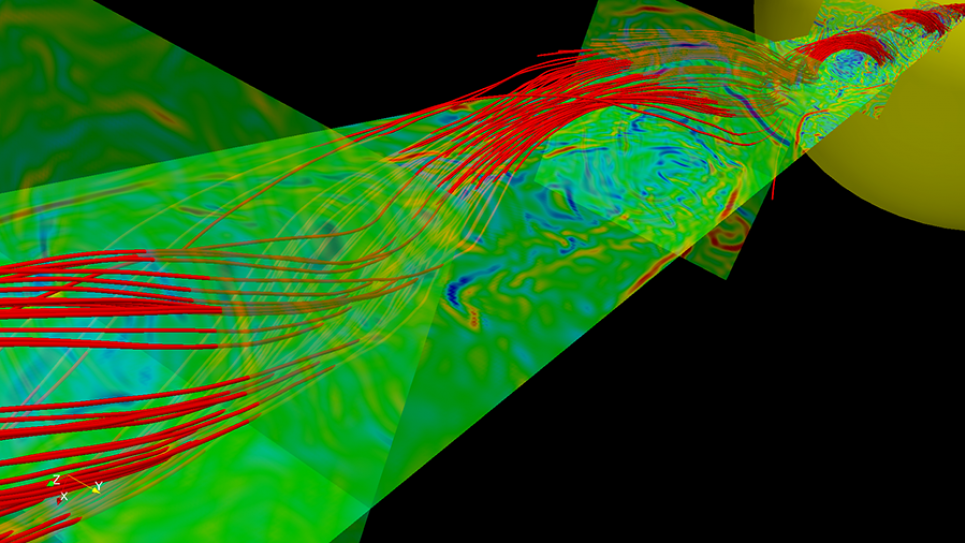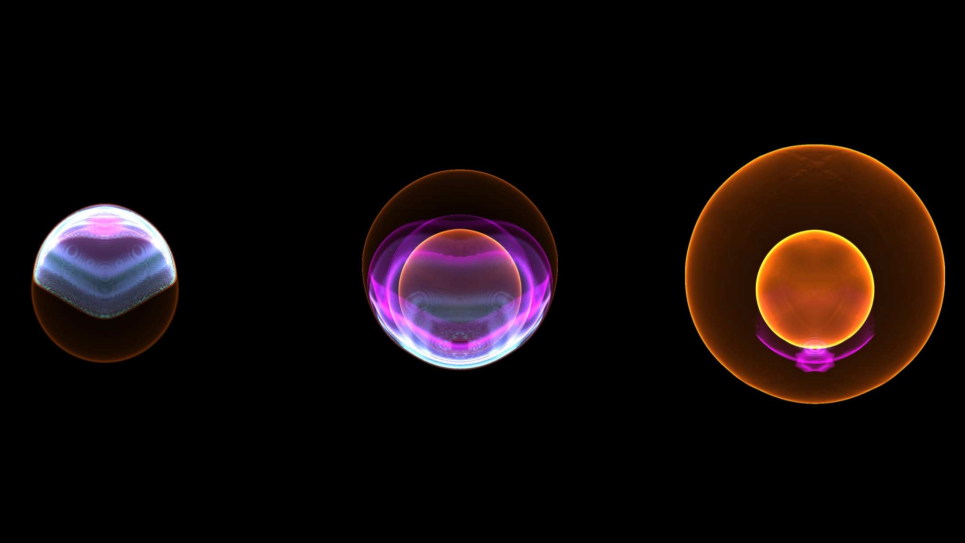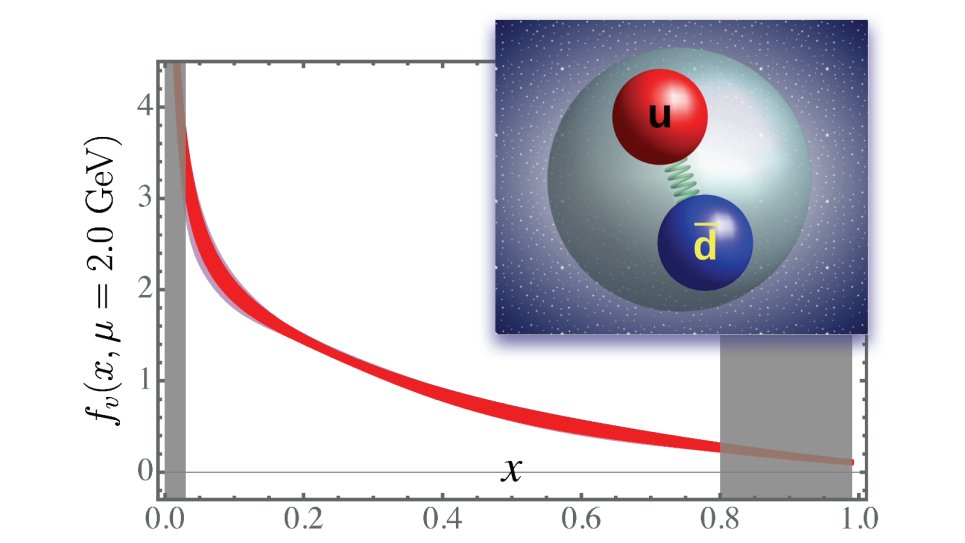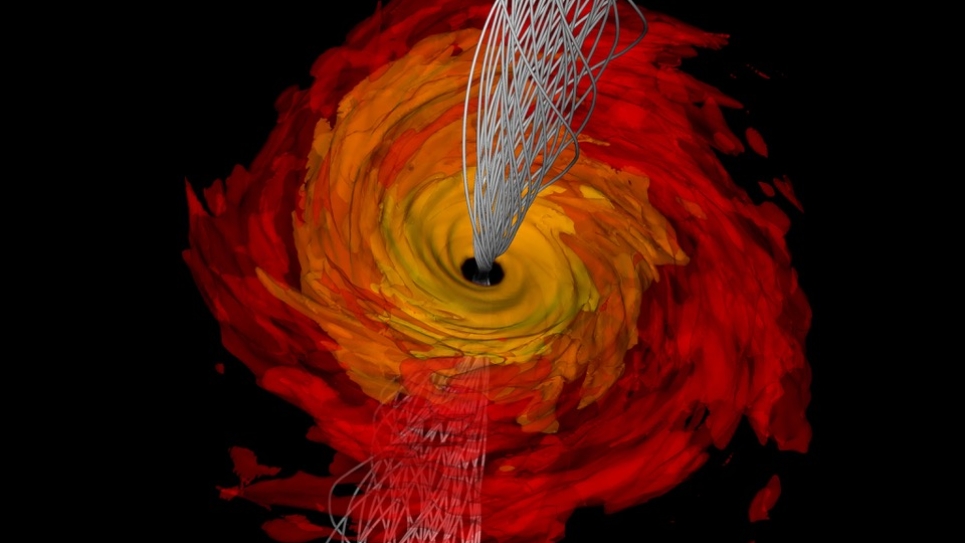
Petascale Simulations of Inhomogeneous Alfven Turbulence in the Solar Wind
The origin of the solar wind and the heating of the solar corona stand as two of the most compelling problems in heliospheric physics. A number of observations suggest that Alfvén waves (AWs) and AW turbulence play a key role in the solution to both problems. These include optical observations of AWs in the chromosphere and near-infrared observations of AWs in the corona that carry an energy flux that is sufficient to power the solar wind. However, the scientific community remains divided about the viability of this scenario, in large part because we do not possess a detailed understanding of the properties of such turbulence in the highly inhomogeneous near-Sun region.
This project will promote large-scale numerical simulations of inhomogeneous Alfvén wave (AW) turbulence in the extended solar atmosphere and solar wind. The simulations will substantially extend previous (low-resolution) simulations to an unprecedented 35 billion-point mesh, in order to capture more realistic radial variations of the solar atmosphere, as well as the turbulent dynamics that are present in the solar-wind acceleration region. Researchers will use these simulations to test existing theories of MHD turbulence, develop new theoretical models, and investigate the viability of Alfvén-wave turbulence as a mechanism for generating the solar wind. The results from the simulations will answer a number of outstanding key questions that are the subject of strong debate in the heliophysics community. Researchers will also compare the simulation results to observations of coronal Faraday rotation fluctuations, in-situ measurements from the Helios spacecraft, and make detailed predictions of NASA’s future Solar Probe Plus mission. The NASA spacecraft has an expected launch date in 2018, and it will be sent in to the region that the researchers will simulate numerically.


